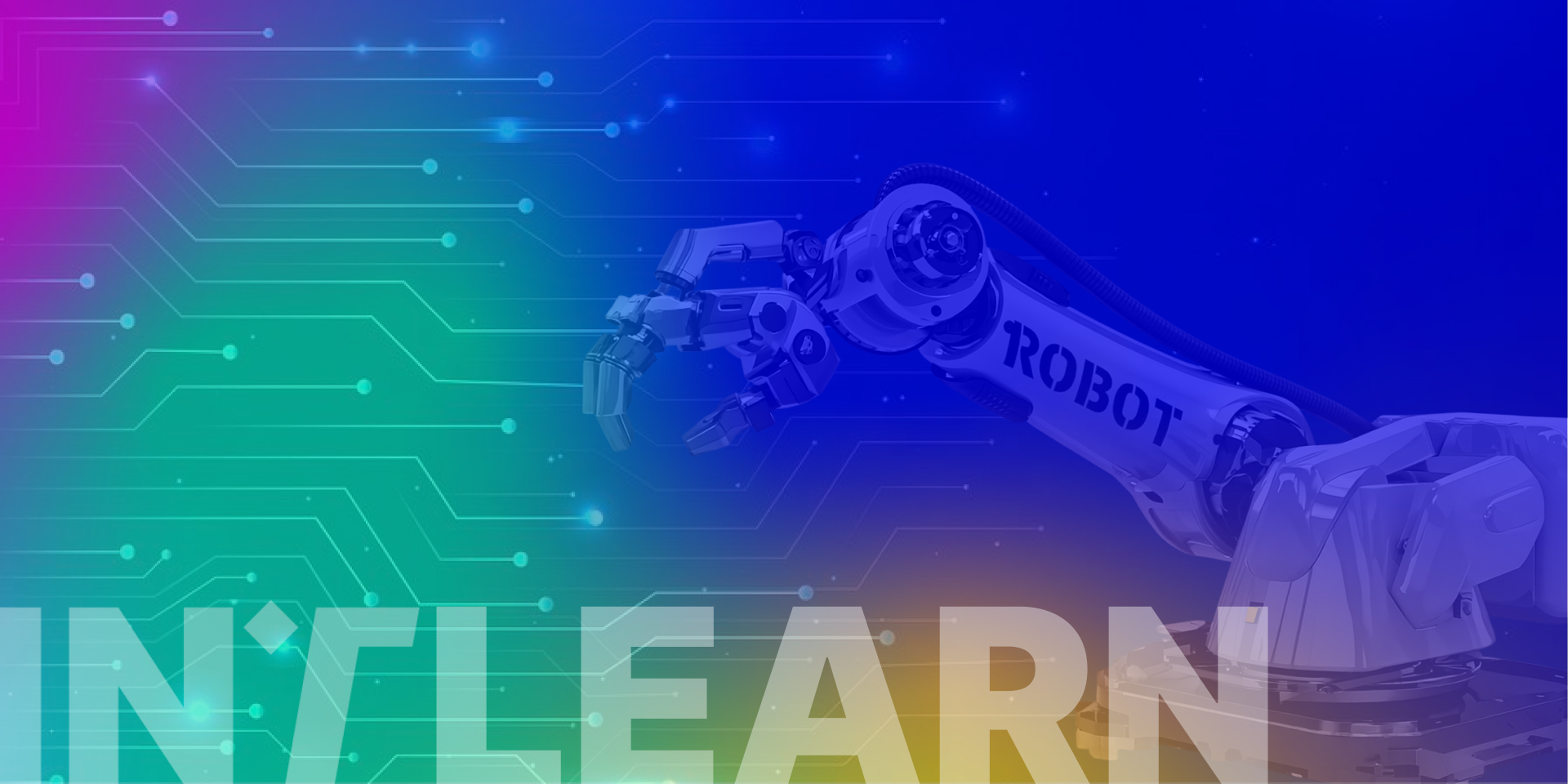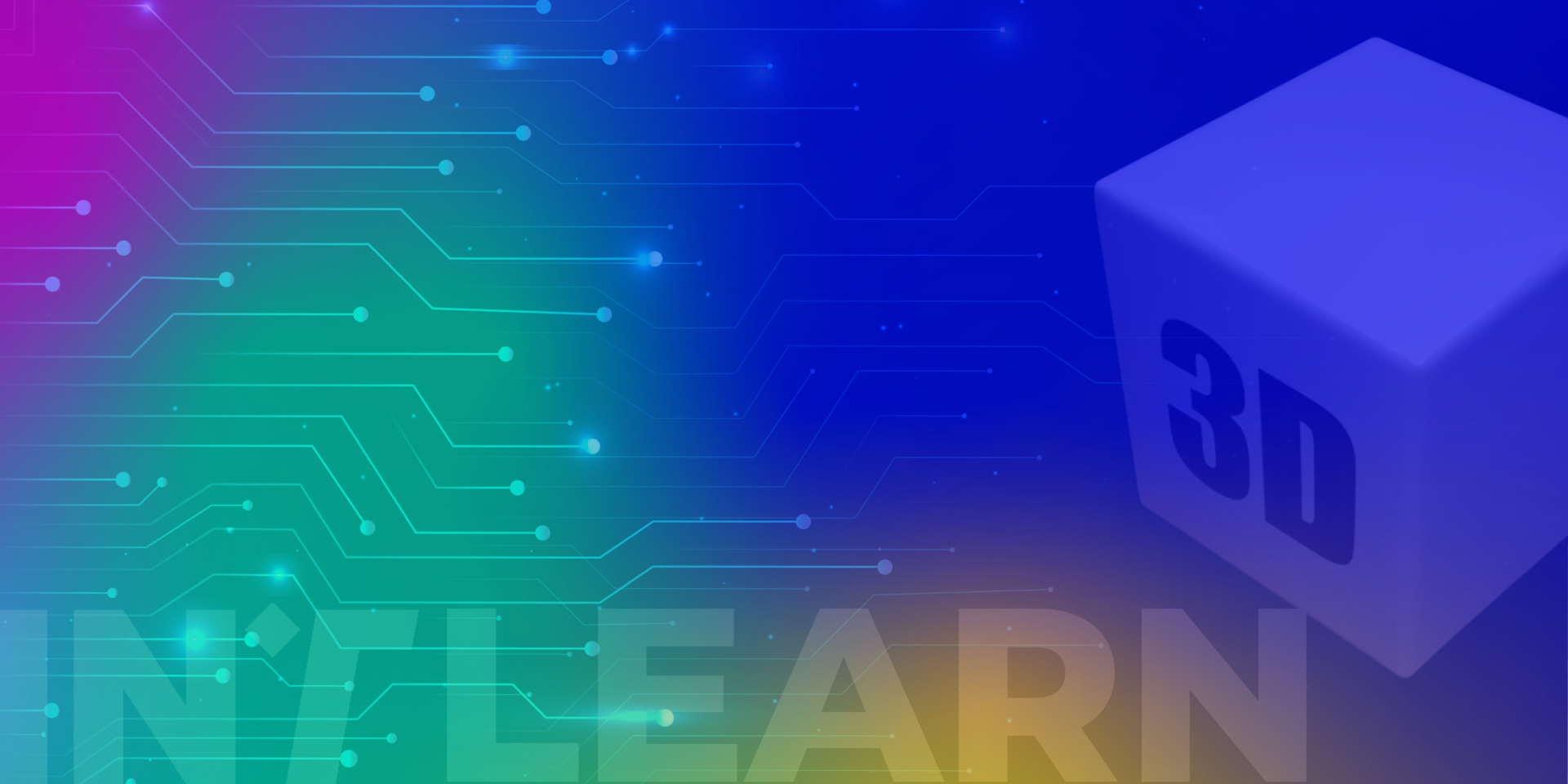Functioning, history and fields of application of Robots and collaborative robotics
Robot: A programmable device capable of executing tasks or activities in an autonomous or semi-autonomous manner. The term “robot” derives from the Czech word “robota,” meaning “arduous labor” or “servitude,” famously brought to light by the science fiction drama R.U.R. by K. Čapek.
The operation of robots can be based on preset programs or on Artificial Intelligence (AI), which allows them to learn and adapt in real time.
FUNCTIONING
The functional architecture of current robots is mainly divided into two macro-typologies: non-autonomous robots and autonomous robots.
Non-autonomous robots are machines governed by software that instructs them in every operational aspect, and they can be managed directly by humans through remote control systems. Among these are industrial robots, operating on assembly lines, remote-controlled drones, and bomb disposal robots employed to inspect hazardous areas and neutralize explosive devices.
Autonomous robots are machines capable of perceiving the surrounding environment through sensors and making decisions functional to the situation, based on the acquired information. This autonomy is made possible by advanced learning systems, including machine learning and Artificial Intelligence techniques. The software of an autonomous robot does not act deterministically but allows the machine to self-learn from the environmental data detected, constantly refining its behavior.
HISTORY
The history of Robots started from the end of the 15th century, with Leonardo Da Vinci. He designed Automaton Knight on his anatomical research for the Vitruvian Man, a humanoid robot capable of standing up, moving its head, jaw, and arms.
The beginning of modern robotics started in the 20th century, with robots for industrial automation inspired by authors like Philip K. Dick or Isaac Asimov. A progeny of these creations is Unimate, a programmable robotic arm that debuted in 1961 within General Motors’ automotive factories in the United States, marking the beginning of the diffusion of robots into different work sectors.
In 1970, in the midst of the “space race,” the Luna 17 mission saw the launch of Lunokhod-1, the first robotic lunar rover. Remotely controlled, this rover traveled kilometers on the lunar surface, collecting scientific data and sending detailed images.
From the 21st century onwards, continuous development began in the field of robotics.
In 2000, Honda presented ASIMO, a fascinating android robot that astonished the world with its abilities to walk, run, and interact. A few years later, in September 2002, iRobot launched Roomba, the famous robotic vacuum cleaner, initiating the use of robots as domestic aid.
Instead, autonomous vehicles represent one of the most recent evolutions, with Tesla and Uber investing since 2015 in the development of self-driving cars, guided by sensors, AI, and advanced algorithms.
While domestic, industrial, and military robots continue to evolve, today research is also exploring the ethical and philosophical aspects of robotics. A recent example is Pepper, presented in May 2023, the first empathetic robot in history.
Looking to the future, robotics will continue to revolutionize the way we live and work, expanding into ever-broader sectors and influencing daily life in surprising ways, opening new opportunities and challenges across various fields.
ROBOTICS
Robotics is the science and technology behind robots, studying their design, construction, and operation. It’s an interdisciplinary field that combines mechanics, computer science, and electronics to develop machines capable of acting autonomously, often assisting or replacing humans. Its applications are extremely broad and constantly evolving, with a profound impact on strategic sectors and daily activities.
Today, within the Industry 4.0 paradigm, robotics represents a fundamental technology for the smart factory, capable of making autonomous decisions to optimize the entire production chain in terms of safety and sustainability.
Although the classic RIA definition describes reprogrammable robots for material handling, integration with AI in Industry 4.0 is accelerating the spread of autonomous robotics systems, surpassing the still-predominant non-autonomous model.
COLLABORATIVE ROBOTICS
In the context of the evolution towards Industry 5.0, collaborative robotics and Cobots (collaborative robots) are fundamental technologies. These robots are designed to work in close contact with humans, redefining the traditional relationship between man and machine.
Unlike classic industrial robots, which are used for strenuous tasks or in dangerous environments like welding, painting, or heavy load handling, cobots allow for direct collaboration, contributing to an industry centered on human interaction
FIELDS OF APPLICATION
One of the fastest-growing areas of robotics is healthcare, where medical robotics is emerging as a distinct discipline.
Its applications range from precision surgery, which assists doctors in procedures requiring a very high degree of accuracy, to service robotics, used to sanitize environments and equipment in situations that are risky for human operators. The main benefits include the ability to perform more precise and less invasive surgeries, to ensure safer work environments, and to increase overall efficiency.
Finally, among the robots most integrated into our daily lives are domestic robots. Thanks to the growing diffusion of domotics, these devices can operate in synergy, managing lighting, heating, and alarm systems autonomously or semi-autonomously.
Beyond more practical collaborators, like surveillance robots, the domestic landscape also includes social robots or companion robots, such as Sony‘s celebrated robot dog AIBO, capable of self-learning and replicating realistic pet behaviors.
The evolution of innovations in robotics is continuously growing, promising a future where robots will increasingly integrate into our homes as intelligent assistants and life companions.





